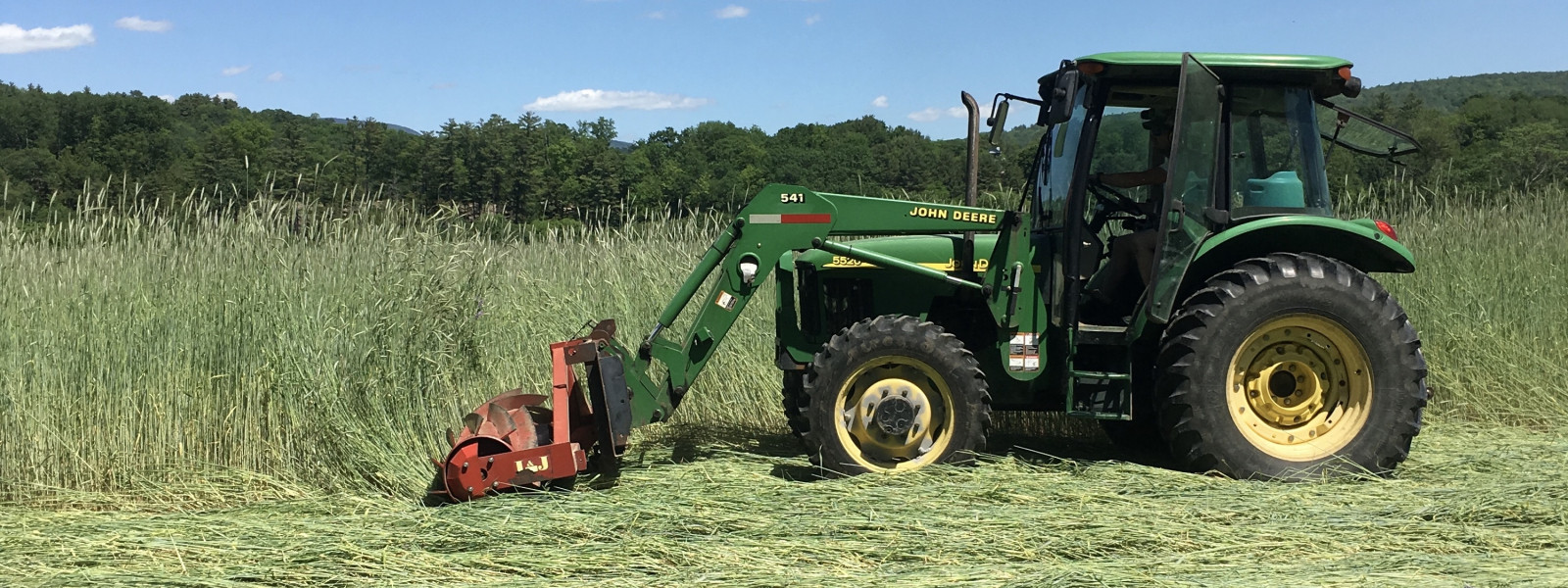
Tips
You searched for cabbage and found 28 tips.
- Pest: Slugs – Wet weather brings slugs which wreak havoc on your plants close to the ground, especially those that are very moist like lettuce, cabbage, and many other greens. Read more →
- Pest: Squash Bug – Even though they have the most gorgeous eggs, you don’t want to find these on the undersides of your squash plants. Find out about the ways to keep these bugs at bay using natural methods and processes. Read more →
- Planting Garlic – As the winters get shorter, we plant our garlic later. It used to be late September as the nights begin to cool and the light fades, but these days the best time to plant your garlic in the northern New England climate is more like mid October to early November. Encouraging strong root growth before the freeze helps to sustain healthy and vigorous spring growth. Seeing the first garlic shoots in the spring is one of our earliest spring green pleasures on the farm. Read more →
- Radishes: All About Them – The radish is an edible root vegetable of the Brassicaceae family (mustard, cabbage, broccoli etc.). Although radishes are most commonly eaten raw, they are also wonderful cooked or pickled. Read more →
- Saving Seeds – Seed saving is a fun way to bring your gardening talents to the next level! Empower yourself and follow these simple tips to save seeds from some common and simple-to-process vegetables. Read more →
- Succession Planting – Succession planting is a way to make the most of the space in your garden and always have tender, ripe crops to eat. Learn some tips from Cat about extending the harvest window in your garden for a variety of crops. This can also give you a little relief if you feel stressed about getting your garden in all at once. You aren’t late, you’re succession planting. Read more →
- Tatsoi: All About It – Tatsoi is a member of the Brassica family and is a variety of Asian greens closely related to Bok Choy. It has a rosette of dark green, spoon-shaped leaves with crisp, pale green stalks. Read more →
- Why We Love Lactofermentation – The benefits of eating raw lactofermented foods like our krauts and kvasses are many! Natural fermentation (or lactofermentation, named for the lactic acid it produces) is a wonderful traditional method of preserving organic vegetables and enhancing their nutritional value. It uses only salt, nature, and time. Read more →
